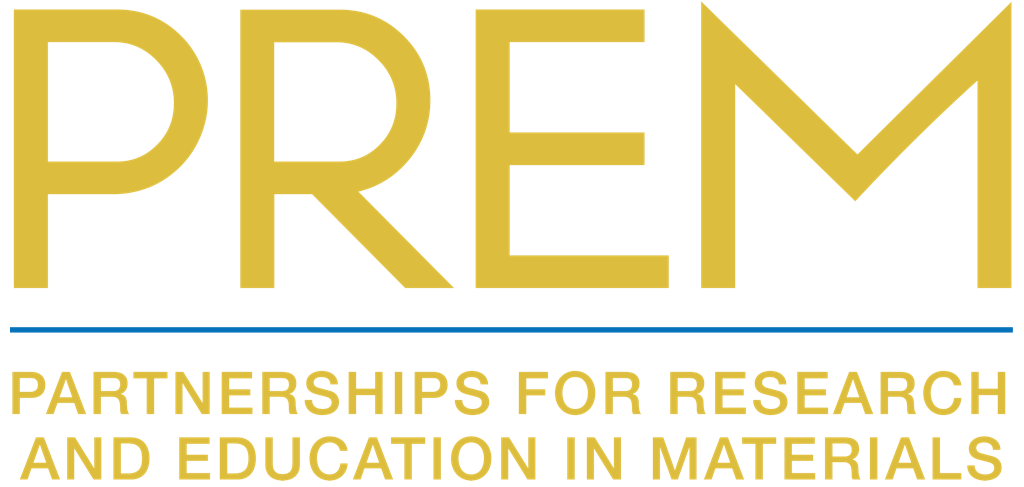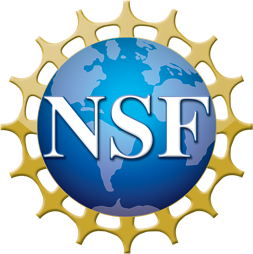NMHU-BioPACIFIC MIP PREM
The NMHU–BioPACIFIC MIP PREM represents a collaboration between New Mexico Highlands University (NMHU) and BioPACIFIC Materials Innovation Platform (MIP) at University of California, Santa Barbara (UCSB) and University of California, Los Angeles (UCLA) in design, synthesis and applications of metal-organic hybrid biomaterials.
The main research goals of this partnership are: (i) developing a predictive understanding of materials structure and modeling materials using machine learning and artificial intelligence approaches; (ii) developing new photochemical and bioinspired synthesis approaches and (iii) extending applications of bioinspired materials and materials with optoelectronic and magnetic properties. The research will include machine learning, materials synthesis, high-throughput automated chemistry/biosynthesis, and applications of organic-inorganic materials. Faculty in
chemistry, biochemistry, computer science, environmental geology, and chemical engineering with extensive expertise in a broad area of materials science will be able to assist students, especially from underrepresented groups, to enter state-of-the-art materials research via hands-on research related education. New Mexico and California are states with a significant population of underrepresented groups (Hispanic – 49% and 39% Native American – 11 and 2%, African American – 3 and 6% respectively). This demographic is also true at the university level with NMHU and UCSB being Hispanic Serving Institutions and UCLA is expected to achieve this status in 2025. This creates an ideal environment to establish a PREM partnership across the three universities devoted to bringing minority students into science.
Key to the partnership will be the integration of four interconnected research thrusts:
Research Thrust 1: Material Synthesis – Synthesis of metal-organic frameworks (MOFs), organic polymers networks, and small molecule metal complexes with bioinspired ligands.
Research Thrust 2: Materials Structure-Property Relationship – Characterization will include structural studies (X-ray and electron diffraction) and evaluation of spectral, magnetic and thermal properties to establish structure-properties relations and propose possible applications.
Research Thrust 3: Machine Learning, Development of Database and Materials Modeling – To help guide the material design and build searchable database creation of database of materials in question with prospective of modeling materials with desired properties using machine learning approach.
Research Thrust 4: Exploring Function in Materials – Case studies will be used explore the fundamental studies developed in Thrust 1-3 and to build the applied knowledge base of NMHU PREM participants.
Research activities will be performed using NMHU’s and BioPACIFIC MIP’s facilities that include: X-ray, spectroscopy, thermal analysis, chromatography, and mass spectrometry instrumentation; Paleomagnetic-Rock Magnetic Laboratory; Computational Science Laboratory; California NanoSystems Institutes; and other state-of-the-art facilities.


